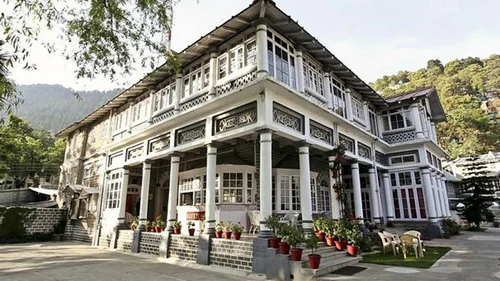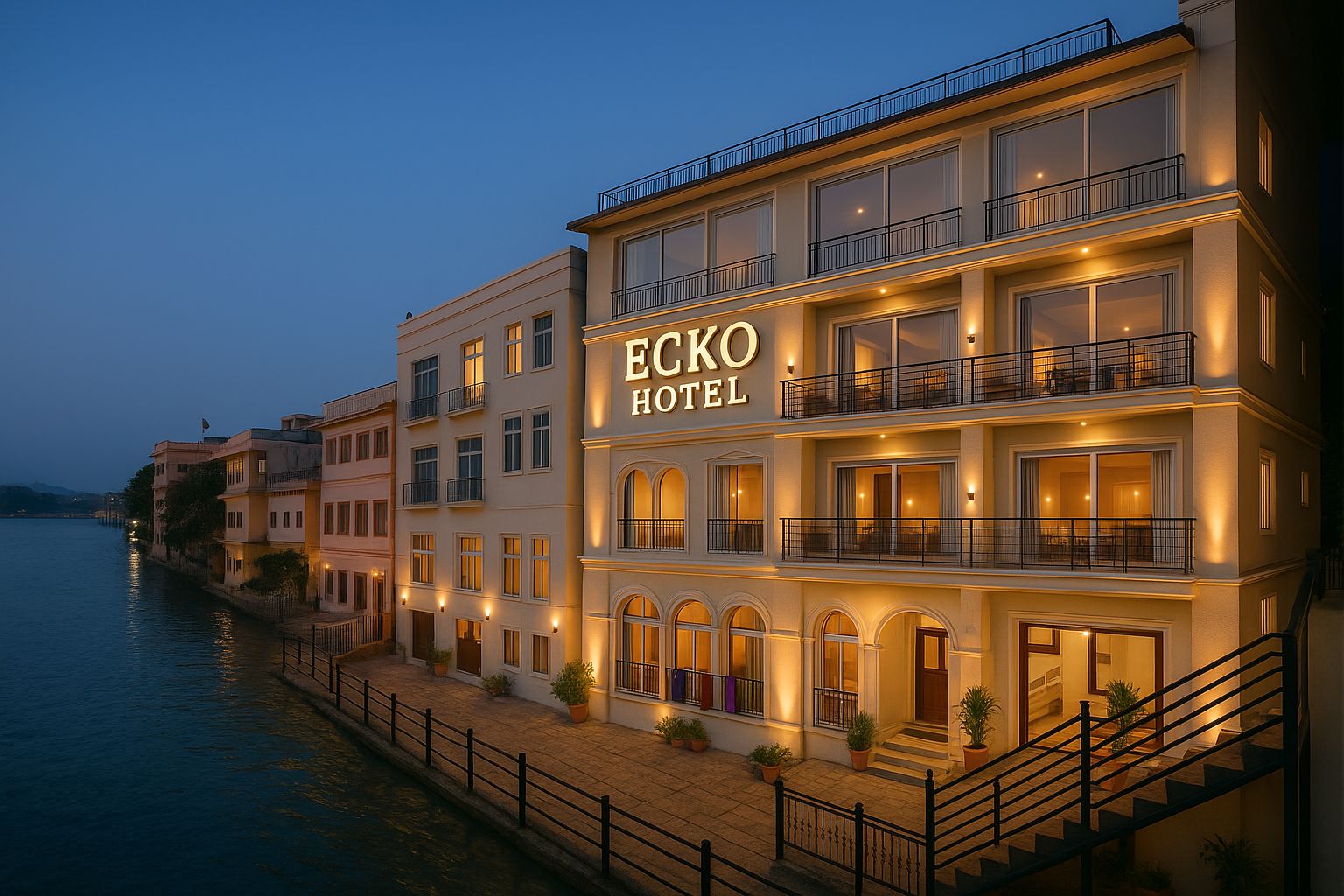
Perched gracefully on the slopes of Ayarpatta Hill, overlooking the shimmering waters of Naini Lake, stands one of Nainital’s best-kept secrets—Belvedere Palace. Once the royal summer residence of the Raja of Awagarh, this elegant estate tells the story of princely leisure, colonial encounters, and quiet Himalayan grandeur.
Setting the Scene
Nestled amidst towering oaks and deodars, Belvedere offered the perfect retreat from the blazing heat of the northern plains. As Nainital rose to fame in the 19th and early 20th centuries as a premier hill station for British officers and Indian nobility alike, the Rajas of Awagarh, a princely state in present-day Uttar Pradesh, established their summer abode here.
Much like the Raj Bhavans of colonial India, Belvedere was more than just a palace—it was a statement of status, style, and presence in a town where colonial governors and princely rulers mingled with poets, mountaineers, and missionaries.
The Royal Connection: Raja of Awagarh
The Awagarh estate was among the oldest and most distinguished jagirs of the region. The rulers earned a reputation for their refined tastes, generous patronage of the arts, and progressive mindset. The family commissioned Belvedere Palace not only as a seasonal home but also as a cultural anchor in Nainital’s social fabric.
Locals and historians recall how the palace hosted evenings filled with music, thrilling shikar tales, and diplomatic tea parties. British officials and fellow royals from Alwar, Rampur, and Bhopal often attended these gatherings.
Architecture & Interiors
Belvedere Palace stands as an exquisite example of Anglo-Indian hill architecture, blending colonial design with Indian sensibilities.
Notable Features:
- Gabled roofs and tall windows designed to let in the mountain breeze.
- Wide verandahs where royals lounged during golden sunsets.
- Vintage fireplaces placed in richly panelled drawing rooms.
- Ornate staircases and exposed wooden beams showcasing late-Raj elegance.
- Terraced gardens sloping toward the lake, once manicured in the style of English botanical parks.
Even during quieter years, the palace has preserved its quiet dignity. Today, it remains wrapped in pine-scented mist and the soft calls of hillside birds.
Through the Ages
After Independence, Belvedere Palace underwent many changes. As princely privileges declined, the estate experienced shifts—some parts were sold, leased, or adapted for new uses. Government departments and semi-public bodies utilized it at times. However, unlike many heritage sites, Belvedere managed to retain its structural integrity and original charm.
Filmmakers and documentary crews occasionally chose Belvedere as a backdrop, attracted by its authentic colonial aura.
Belvedere Today
While the palace is not always open to the public, it continues to draw curiosity from travelers, historians, and architecture lovers. For Nainital’s older residents, Belvedere remains a beloved landmark, rich with memories of royal picnics, elegant carriages, and velvet-draped evenings by a crackling fire.
Some groups have discussed restoring Belvedere and converting it into a boutique heritage hotel or museum, though no definitive plans have materialized.
A Palace Worth Remembering
Belvedere is more than stone and timber—it embodies a memory. A time when summers unfolded in the hills, scented with rhododendrons and echoing with the soft rustle of silk sarees and sherwanis at lakeside soirées.
Amid Nainital’s modern rush of tourists and bustling cafes, Belvedere Palace stands as a quiet witness to the city’s royal and colonial legacy.
Conclusion
Belvedere Palace remains one of the last standing testaments to the era of princely hill retreats. Though time may have softened its glow, the palace continues to cast a dignified, lasting shadow across Nainital’s historical canvas.
To explore Belvedere is to rediscover a forgotten heartbeat of royalty nestled in the hills.





